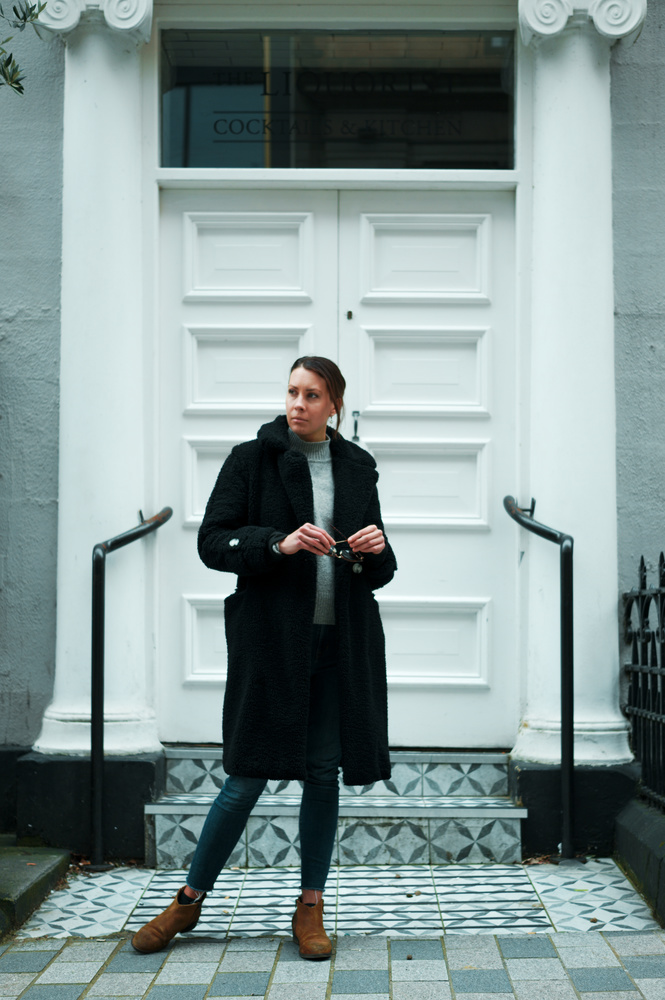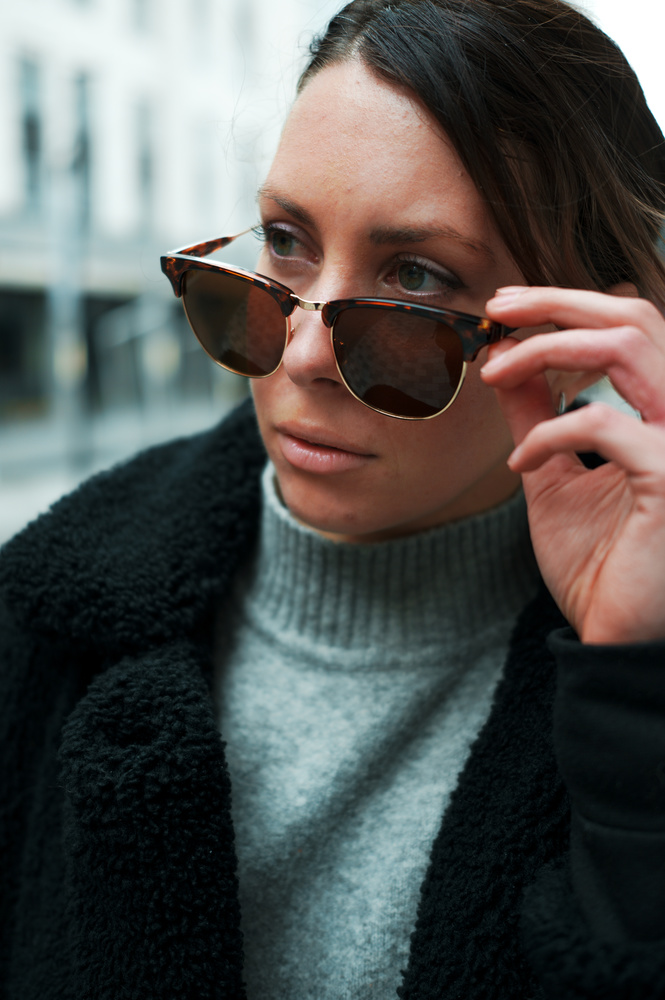Sigma has just announced the new Sigma fp L mirrorless camera, and we've been testing it over the last week. On the surface, there aren't any differences between the new model and the original Sigma fp. However, take a closer look, and you may be surprised at what Sigma has managed to produce here with its latest model.
The original Sigma fp was produced with videographers as the primary focus. The tiny body and rectangular design were developed to be a core of a system or rig that video shooters could build. The latest model, however, seems to be taking aim at photographers instead. The Sigma fp L sports the current highest resolution full-frame sensor. With 61 megapixels, this tiny new camera from Sigma packs a ridiculous amount of resolution.
Build and Design
Many video shooters will build camera rigs specifically for a project. Using the Sigma fp as the core for the rig makes a lot of sense. Photographers, however, tend not to build rigs and instead shoot with the camera as is. A few minor accessories may be attached, but in general, building rigs isn't something photographers tend to do. This is where there is a slight disconnect with the new camera.
The Sigma fp L, with its new 61-megapixel sensor, is clearly taking aim at photographers more so than video shooters. This is especially true considering the fact that some of the video features have had a minor downgrade to make way for the extra resolution. The issue is that it still retains the exact same body and design of the previous model that was more specifically for video shooters. Due to this, the ergonomics and overall handling are pretty poor from a photographer's perspective.
The camera doesn't have a front grip, meaning that your fingers don't have anywhere to rest properly. The bottom left corner digs into your palm and quickly becomes uncomfortable. This is potentially even more of an issue if you shoot with any of the larger L-mount lenses available from Panasonic, Leica, or Sigma.
Also, there's no built-in EVF, the camera doesn't have a mechanical shutter, and the electronic shutter has a maximum sync speed of 1/30 s.
Despite the terrible ergonomics and confusing design, this camera offers something incredibly unique to photographers. The tiny size and lightweight design mean that it's almost a no-brainer to have this camera with you. It quite literally fits in your pocket, and if you couple it together with a small prime lens like the Sigma 45mm f/2.8 DG DN, you have one of the smallest full frame camera systems on the market.
Generally speaking, portability comes at the cost of image quality. What we have here is what could be described as the best of both worlds.
Key Specifications
- 61-megapixel sensor
- 14-bit color
- Continuous burst rate of 10 fps
- Face and eye detection
- Focus peaking
- ISO range of 100-25,600 (expandable to 6-102,400)
- 4K at up to 30 fps and Full HD at up to 120 fps
- 12-bit CinemaDNG over external recording
- Director's Viewfinder function
- 3.15" 2.1-million-dot LCD touchscreen
- Dust- and splash-proofing
- UHS-II SDXC card slot
- USB 3.1 Gen 1 Type-C port and micro-HDMI ports
- Dual base ISO of 100 and 3,200
- Large heat sink
- Fill Light feature
The key differences between the original and the new Sigma fp L are that the new model comes with a much higher resolution sensor — 61 megapixels as opposed to 24 megapixels. The new model also has a lower burst rate of 10 frames per second instead of 18 in the previous model. Finally, the Sigma fp L has a crop factor of 1.67x when filming 1080p at 120 and 100 frames per second. This wasn't the case in the previous model. There's also the addition of a new color profile called Powder Blue, although there could be a chance that Sigma will eventually offer this to the original model via a firmware update.
Performance and Image Quality
The Sigma fp L manages to overcome many of its issues through the brute force of resolution and its price point. The sensor in the camera produces excellent results that can comfortably rival some of the best flagship cameras on the market. If the image quality is a priority above everything else, then the Sigma fp L might be the perfect camera.
The L-mount system now has a wide range of incredible lenses that could make full use of the high-resolution sensor in the Sigma. There is also the option to adapt DSLR lenses through the use of Sigma adapters, making the Sigma fp L a really flexible camera.
In essence, image quality is where Sigma focuses most of its attention, and it does a fantastic job. Unfortunately, the biggest problem when it comes to performance is autofocus. As great as the image quality is, the Sigma fp L still uses contrast-detect autofocus system, and it's unreliable at best. Even when the subject is large and obvious in the frame, the camera struggled to correctly focus. In many instances, it would either back focus or front focus.


Having said that, if you do manage to correctly focus on your subject, the camera produces some of the best image quality. Images are highly detailed with beautiful tones that will be a pixel-peeper's dream.


1:1 crop - Sigma 45mm f/2.8 at f/11
Another impressive thing about this camera is its dynamic range. Even when recovering images by 5 stops of exposure and 100 on the shadows in post, the noise levels are still manageable. There's an obvious amount of noise in the image when recovered to that extreme degree; however, with noise reduction software like DeNoise AI from Topaz labs, even that amount of recovery could be reasonable.

Sigma 45mm f/2.8 at f/11, recovered image
Final Thoughts
Although at this stage, this isn't a full and in-depth review, the first few impressions of this camera are quite positive. The ergonomics are painful and could have been improved. Having said that, developing a new body for this camera may have increased its price, thus making it less competitive.
The best thing about the Sigma fp L is the portability of the tiny camera along with the high-resolution sensor. This is truly a remarkable feat from Sigma, because this may be the first time that photographers can travel extremely light without having to sacrifice image quality. The issues with autofocus could be alleviated with some firmware updates; however, it's now long overdue for L-mount manufacturers to produce a camera with proper phase-detect autofocus.
Ultimately, if you can get past some of the quirks in this camera, you not only have an incredibly fun camera to shoot with, but also a system that does not compromise on image quality.
You can pre-order yours for $2,499 using this link here.










Can one really use a flash with this at 1/30 sec? If so that is not the end of the world for studio use however one has to question the need for compactness in the studio.
IMO Sigma (or any maker of mirrorless cameras) should introduce a few leaf shutter lenses to make flash photography a powerful tool for users.
The Fuji GFX could really see the advantage as their slow sync is worthless outside of the studio and HSS is a weak sister to actual full power flash available with leaf shutters.
At the moment this camera is interesting but is hard to see who they are appealing to at that price point.
I was under the impression that whilst the original FP had a flash sync of 1/30th the FP L is slower still at 1/15th
I do not have one of these. I do have a Sigma Quattro H. It's quirky but built like a tank. The only problem is that they (sigma) no longer supports it. I won't buy another Sigma camera because they could stop supporting it as well. Fool me once, shame on you, fool me twice shame on me.
The reason for my post though is to state that the camera I have is built beautifully. I hope they didn't lower their quality.
I have the Sigma fp and it works wonderfully for me ...hope they don't stop supporting it.
For years I've seen sigma camera ads in the photo magazines and wonder who buys sigma cameras. I just assumed sigma cameras were bigger overseas.
Never used one but a friend of mine swears by the older versions for landscapes. It strikes me that this may well be the main use for this new model given its small compact size and resolution. I don’t see many studio shooters splashing cash given its 1/30 sync speed. Sigma as far as camera design is concerned have always done their own thing, this is just the latest example.